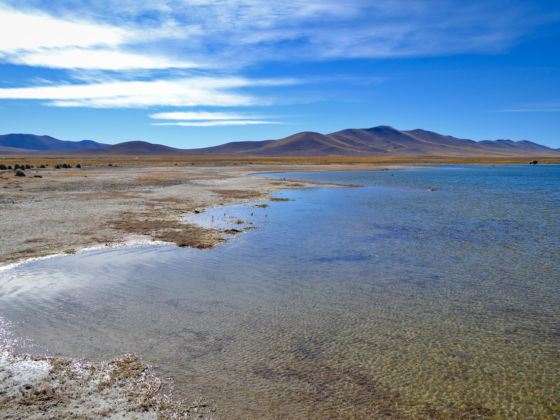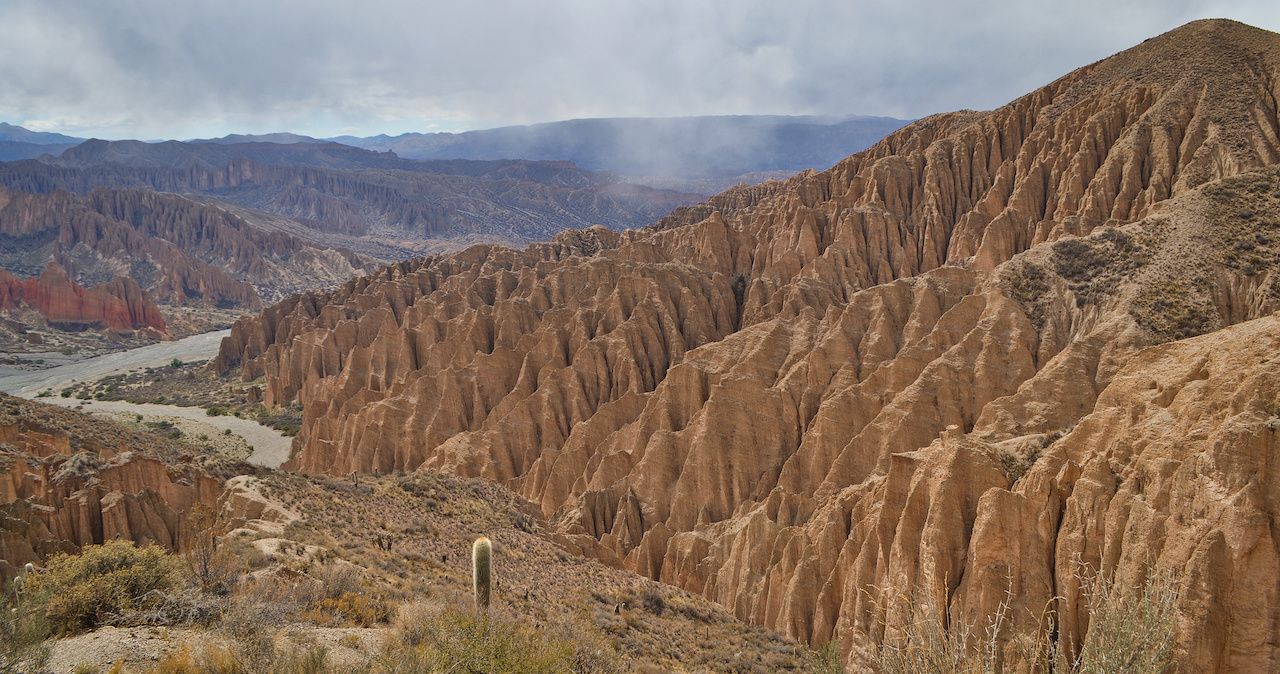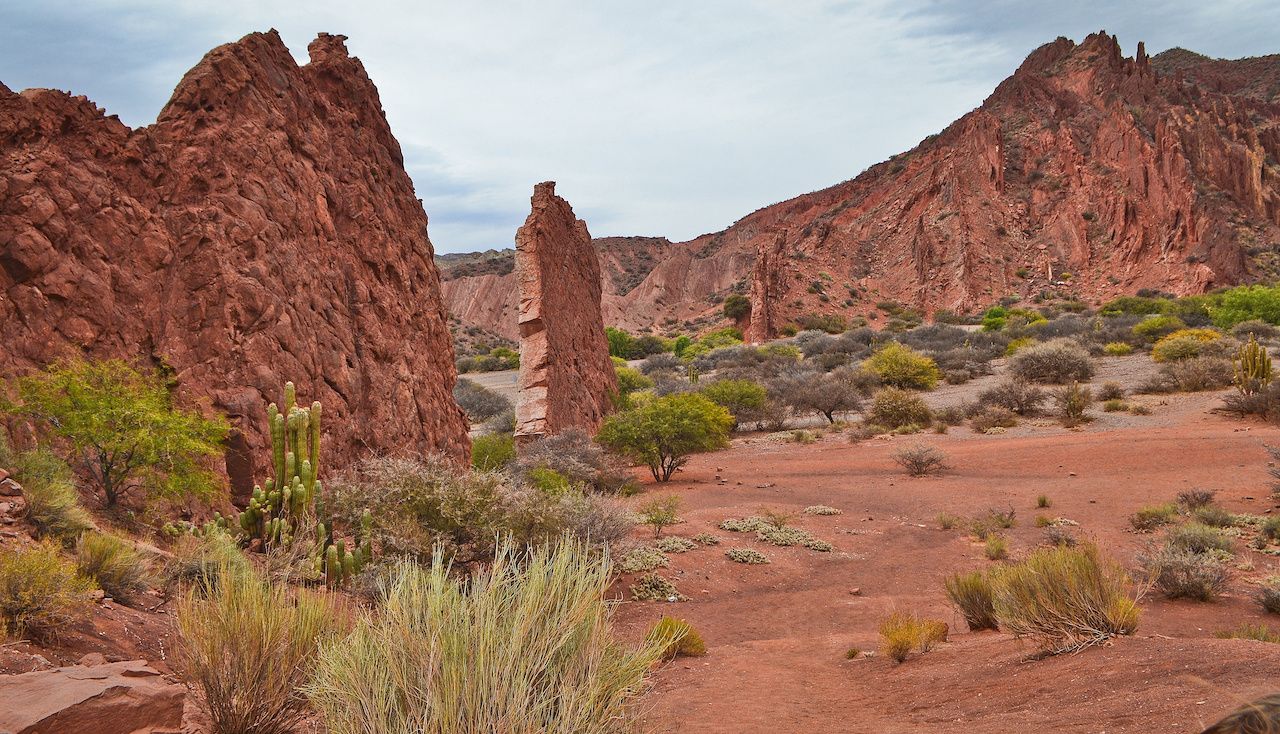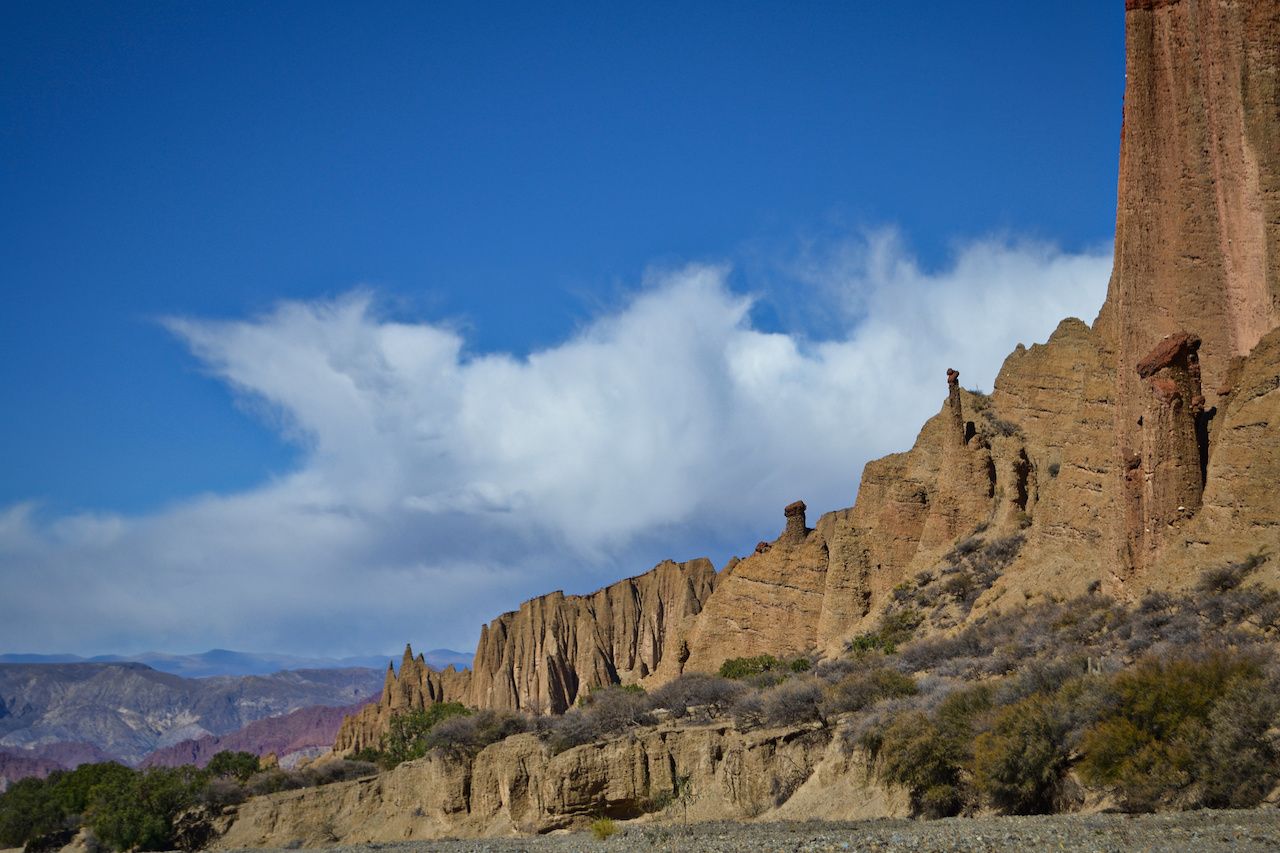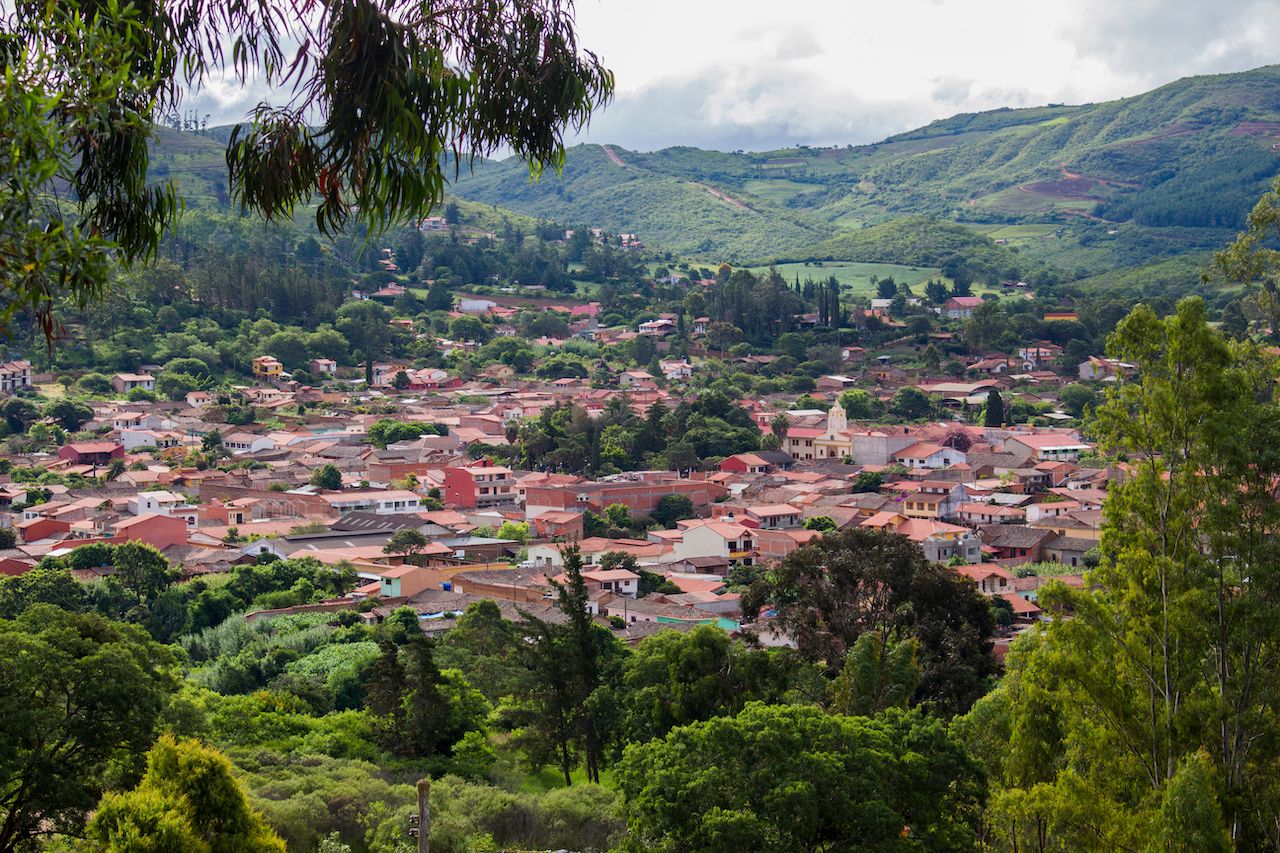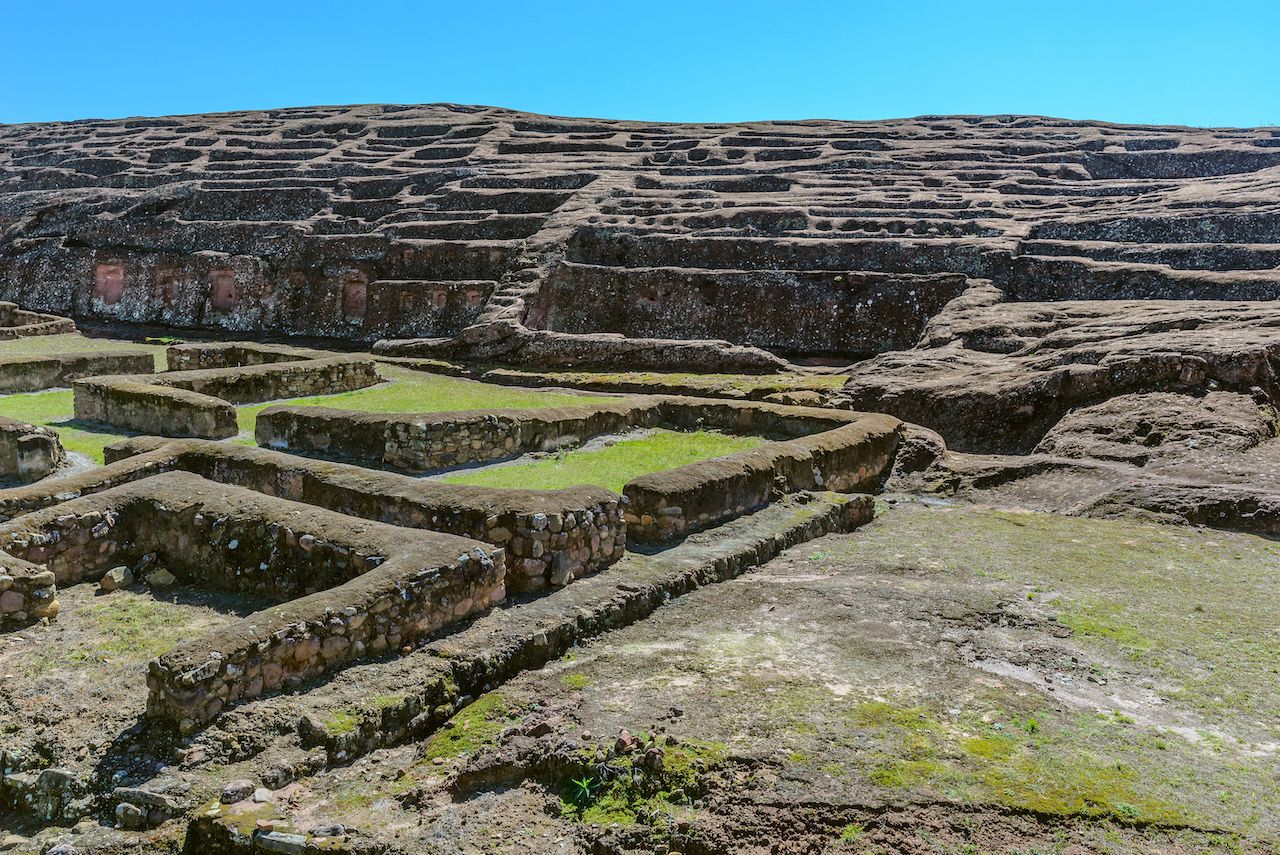Bolivia is a landlocked expanse stretching from the Andes to the Amazon rainforest that shares borders with five other countries. While neighbors like Brazil, Argentina, and Chile get all the attention, Bolivia sees very few visitors; most people have never heard of its incredible natural landscapes and historical sites. Even travelers who do tumble through Bolivia tend to only pause long enough to visit Uyuni, the largest salt flats on the planet.
However, there is so much more to this forgotten country, including 23 national parks, nature reserves, and wildlife sanctuaries, plus at least 60 historical places hiding five UNESCO World Heritage sites. If you’re planning a visit to South America, don’t make the mistake of overlooking Bolivia’s incredibly diverse and captivating spaces. Rather, be sure to add these epic spots to the itinerary.
